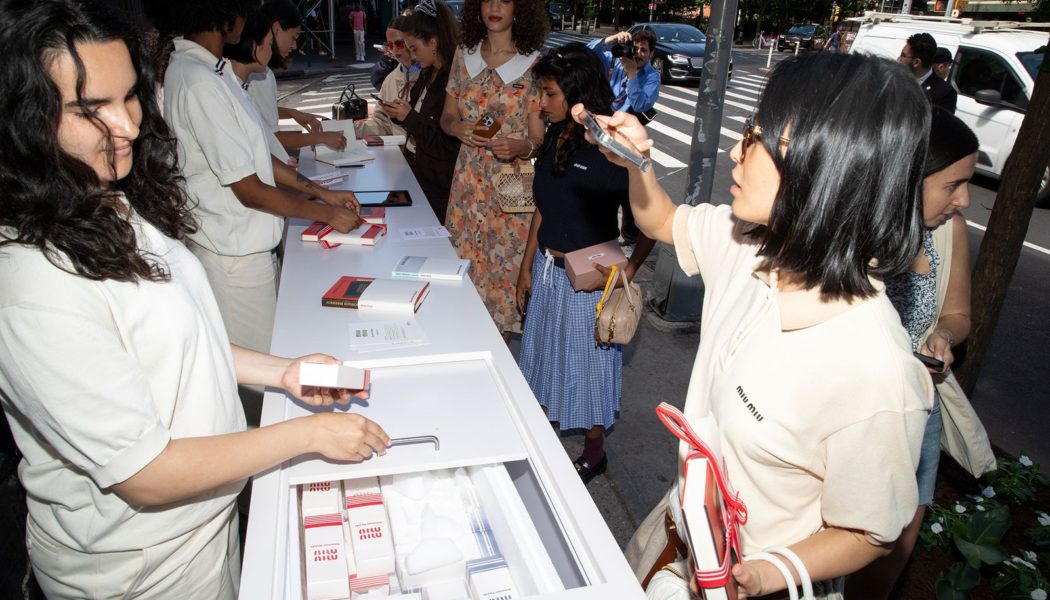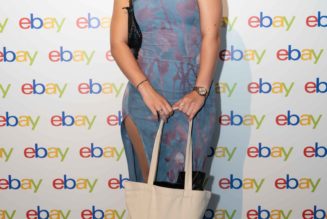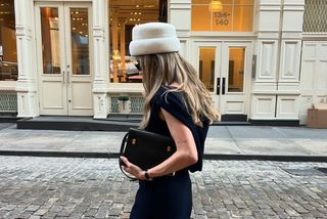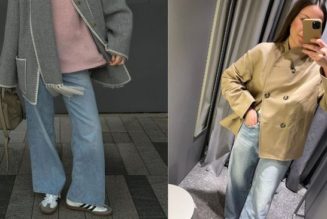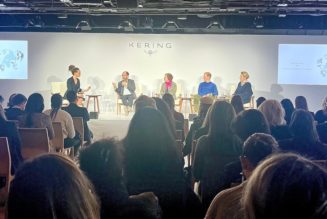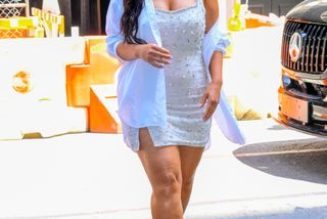It also marks a shift from fashion’s traditional tie-ups with visual arts, Granata says. “The literary world still has a more authentic cultural cachet insofar that it is less connected exclusively to a market,” she says. “As the ‘art world’ increasingly becomes the ‘art market’, there is less of a reason for fashion companies to associate themselves with it — as, historically, fashion brands aligned themselves with other arts for their cultural aura and to move away from fashion’s association with consumption.”
In this, there’s something democratising about Miu Miu’s literary endeavours. By offering books for free in public spaces (so long as you’re willing to wait in line), the brand takes the grunt work out of searching for a book — the research, the choice and the payment is removed from the equation.
It was a hit. The activation generated $852,000 in media impact value (MIV) in the first two days post-launch, of which $712,000 came from social media and $140,000 from online articles, according to Launchmetrics. Of course, this impact is measured by social posts, such as photos and videos of the hyper-curated Miu Miu book stands and branded bookmarks. To read and engage with the works themselves will take much longer than a quick Instagram story or TikTok video.
At the end of the day, Owen says, fashion is first and foremost an aesthetic pursuit. It may tap into literature, but it will always be a degree separated. “The fashion world, and certainly Idea [Book]’s customers within that world, are most easily described as being highly visually literate,” he says. “There is far less of a literary input or output than in other creative industries.”
